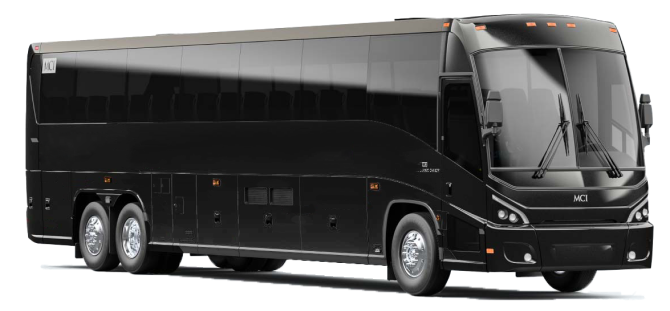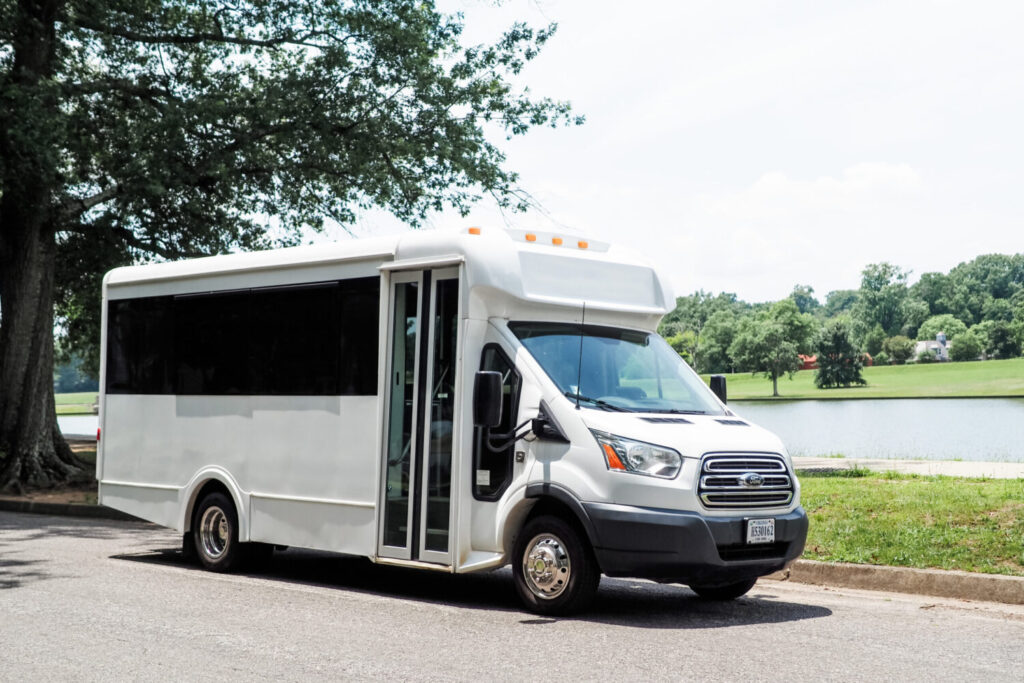Here are 10 suggestions for safety and security in employee shuttles:
1. Conduct regular safety training for Drivers
It is essential that every shuttle driver undergo comprehensive training in safety, including defensive driving, emergency response procedures, and customer service. Regular refresher courses in training will assist drivers keep up-to-date regarding the best practices and increase their skills to handle various circumstances.
2. Specific Vehicle Maintenance Protocols
Create a strict maintenance schedule to ensure that all shuttles are in top operating condition. Monitoring tire pressure, brakes, lighting, and all other vital components should be included in regular checks. Regularly maintaining your vehicle will lower the chances of mechanical failures. It also ensures the safety of passengers.
3. Use GPS Tracking to improve Security
Install GPS tracking devices on shuttle vehicles so that they can track their position in real-time. This technology improves security because it provides data on route deviations as well as idle time and unauthorized stoppages. Tracking is a method to track vehicles in an emergency situation, which helps ensure the safety of passengers.
4. Establish Clear Emergency Procedures
Prepare and communicate to passengers and drivers to be aware of procedures for emergencies. These procedures include protocols for security threats, accidents as well as medical emergencies and other emergency situations. It is essential to review the procedures for employees so they are aware of what to do in the event of an unexpected incident.
5. Assure Adequate Coverage
Review and maintain adequate insurance for every shuttle operation. The insurance coverage should cover liability, collision, and specific policies to cover the risks associated with employee transportation. Comprehensive insurance helps protect employees and the business in case of accidents or accidents.
6. Implement Passenger Safety Policies
Safety guidelines should be developed and made available to every shuttle passenger. They should contain instructions on how to use seatbelts, appropriate behaviour and emergency exit procedures. These policies should be displayed prominently on the shuttles as well as company platforms to encourage the adherence of passengers and emphasize their importance.
7. Background checks for drivers
Conduct thorough background checks on the shuttle drivers to make sure they have a clean driving record and have no criminal or other criminal activity. This is a crucial element in maintaining a secure working environment for employees. Check driver's records frequently to ensure that they are in compliance with the safety guidelines.
8. Install safety features on vehicles
Equip shuttle vehicles to have important safety features. This includes seat belts (if available), anti-lock brakes (if possible) as well as airbags (if required) and a rear-view cameras. These features will help to reduce injuries in the case in the event of a crash. In addition, you should consider investing in technological innovations like collision avoidance systems that can further increase the safety of your vehicle.
9. Encourage Safety Awareness Culture
Through promoting safety for employees, you can create a culture that values safety. Encourage reporting of dangerous circumstances or behavior and recognize the drivers and employees who put safety above all else. Regular safety meetings newsletters, meetings or other types of communication can help to increase awareness of the importance of safety and help make it a priority.
10. Monitor and analyse incidents and incident reports
Track all incidents, including close-misses, safety violations and accidents. By analyzing these reports, you can determine patterns or areas that need improvement in the shuttle services. You can use the information in these reports to modify training, policies and procedures to increase overall safety.
By following these tips businesses can create an environment that is safe and secure for shuttle service to employees, ensuring passengers' safety while minimizing the risks of transportation. When they prioritize safety and security companies can not only ensure the safety of their employees, but also boost the overall level of satisfaction and trust in the shuttle service. Have a look at the top rated employee shuttle url for site examples including los angeles airport shuttle service, direct transportation, ground transportation, shuttle to and from airport, car services lax airport, pick up service airport, pick up service at airport, shuttle van, los angeles airport shuttle to anaheim, sfo airport shuttle and more.

10 Top Tips On The Capacity And Vehicle Options Of A Corporate Event's Transportation Service
Here are 10 tips for choosing the right vehicle and capacity options for a corporate event transport service.
1. Evaluate Event Attendance Estimates
Begin by estimating the number of attendees for the event. You can do this by using registration data, RSVPs or attendance records. Knowing the anticipated numbers will aid in determining the needed capacity for transportation, and help to plan the best vehicle option.
2. Select the appropriate vehicle types
Select appropriate vehicle types Based on the expected number of attendees and the nature of the event. Think about shuttles or buses for larger groups. Luxury sedans and vans may suit smaller groups, or even VIP guests. With a variety of options for vehicles ensures the attendees will be transported in a comfortable manner.
3. Consider accessibility needs
Check that the chosen vehicles are accessible to everyone and people with disabilities. This can include choosing vehicles that have wheelchair lifts, or those that have low-entry. Inclusive transportation not only meets legal requirements but also improves the overall experience for all.
4. Plan for Multiple Pickup Locations
If you have attendees coming from multiple locations, it's recommended to arrange multiple pick-up points to make it easier for transportation. This could include central locations like hotels, airports or even public transportation hubs. By allowing different pick-up locations it will allow you to increase attendance and decrease logistics issues.
5. Install a Reservation System
You should consider implementing a reservation system to book transportation. This allows attendees to book their seats ahead of time to ensure that vehicles are filled and minimizing the risk of a crowded vehicle. Reservation systems also permit you to alter the capacity of your vehicle in accordance with demand.
6. Optimize Routes For Efficiency
Choose the most efficient routes to get to and from your destination in time. Examine traffic patterns and potential bottlenecks to design the most efficient routes for vehicles. The use of route optimization may cut down on travel time and help in determining the most efficient routes.
7. We offer On-Demand Shuttle Service
For large events, offer shuttle services on demand. Attendees will be able to request the shuttle at their own preference. This is useful for events that span many days or when timetables alter. On-demand services increase flexibility and provide attendees with transportation whenever they are needed.
8. Monitor the utilization of vehicle capacity
Be aware of how many vehicles are being employed throughout the event. Monitoring how many seats are empty can assist in making swift changes, like the deployment of additional vehicles if shuttles are full. The analysis of capacity data after the event can aid in future planning for transportation in similar occasions.
9. Communicate Transportation Information Clearly
Send information about transportation to participants in advance. Provide information about the pickup location, schedules, and types of vehicles. Using multiple communication channels, such as emails, event apps, or printed materials, you can ensure that everyone is aware of their options for transportation.
10. Get feedback on improvements for the future.
After the event is over, you can collect feedback from attendees about their experiences with transportation. Participants can provide feedback on their transportation experience and include aspects such as car comfort, timeliness, and satisfaction. Through analyzing the feedback, you will discover valuable information about the aspects that were successful and what could be better for future corporate functions.
These guidelines help companies manage event capacity and choose the most appropriate vehicles, which will ensure a seamless and enjoyable experience for all attendees. The planning and execution of an event is crucial for the successful running of an event and make a difference in the overall impression of your company. See the top rated event transportation service for website info including transport planning, transportation management, transport mgmt, vehicle transport service, us transport, vehicle transport service, transport job, us transport, managed logistics, logistics transportation services and more.
